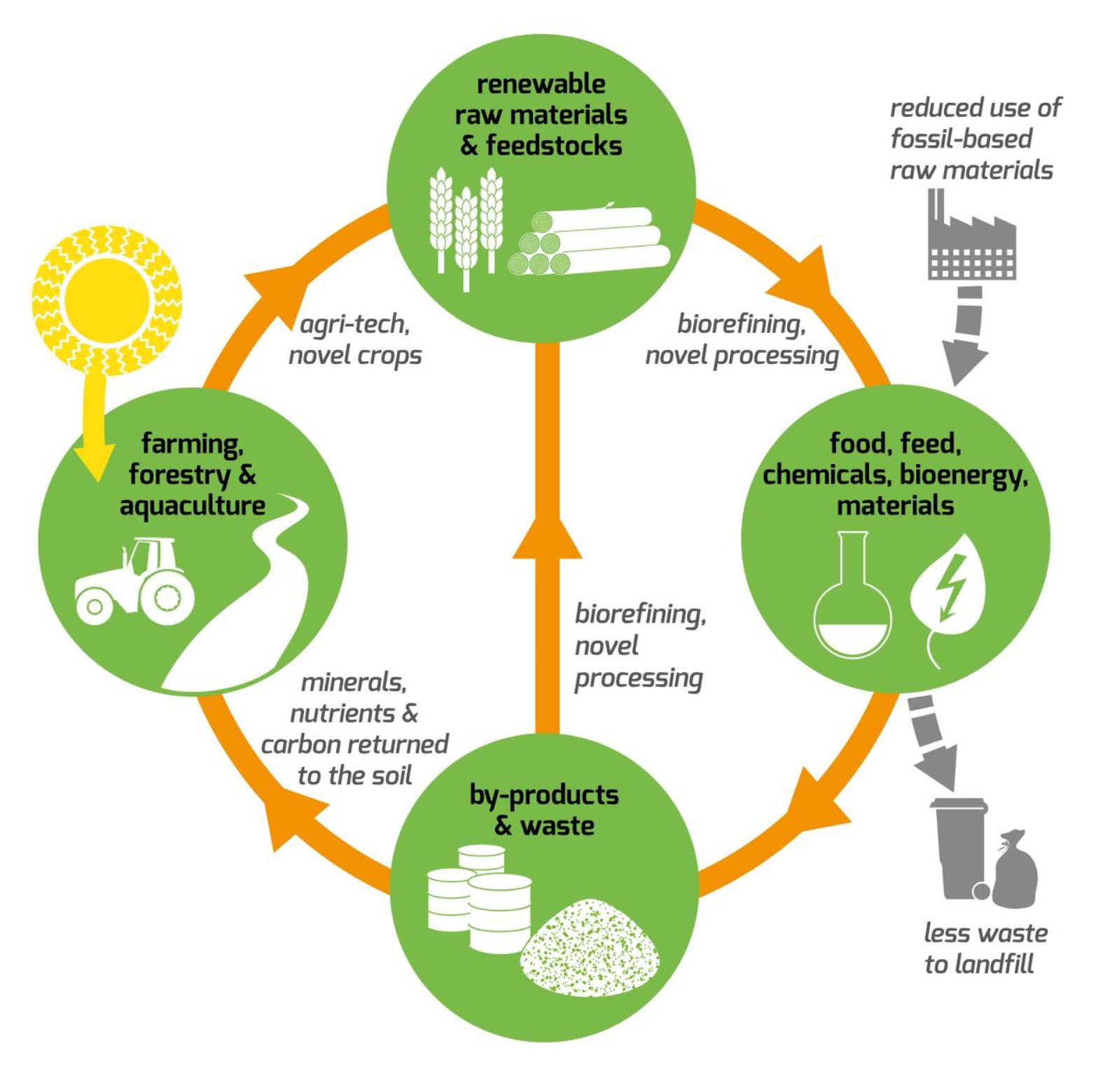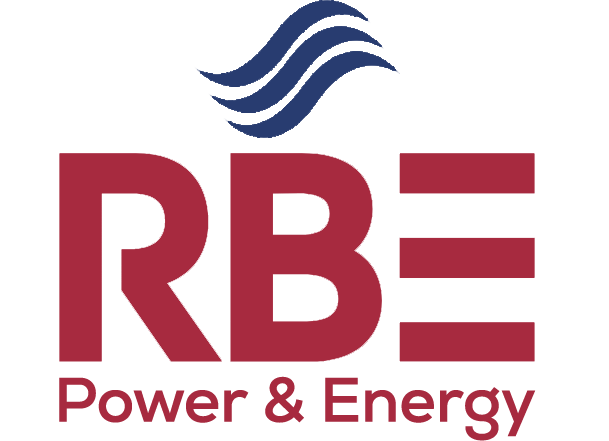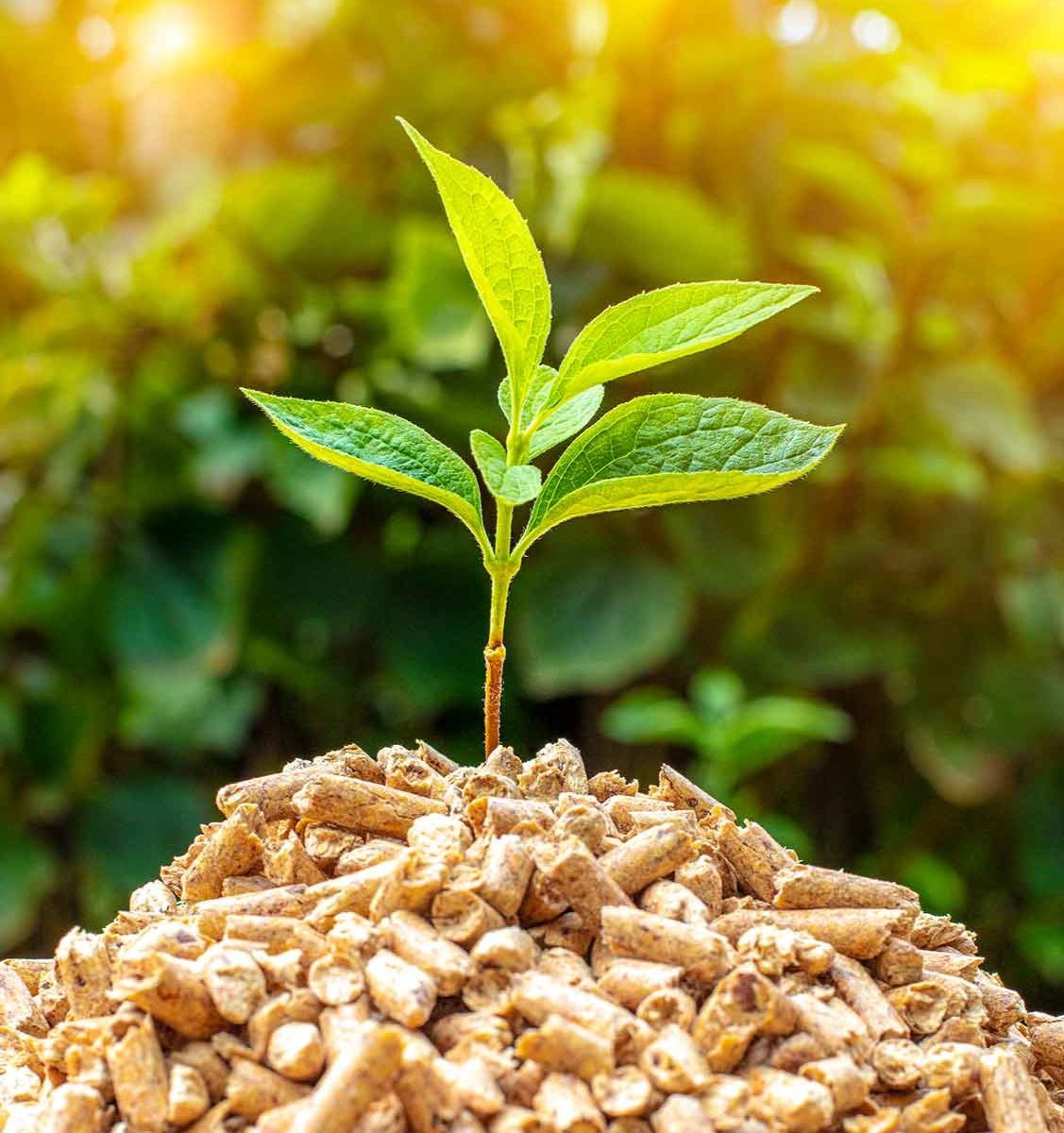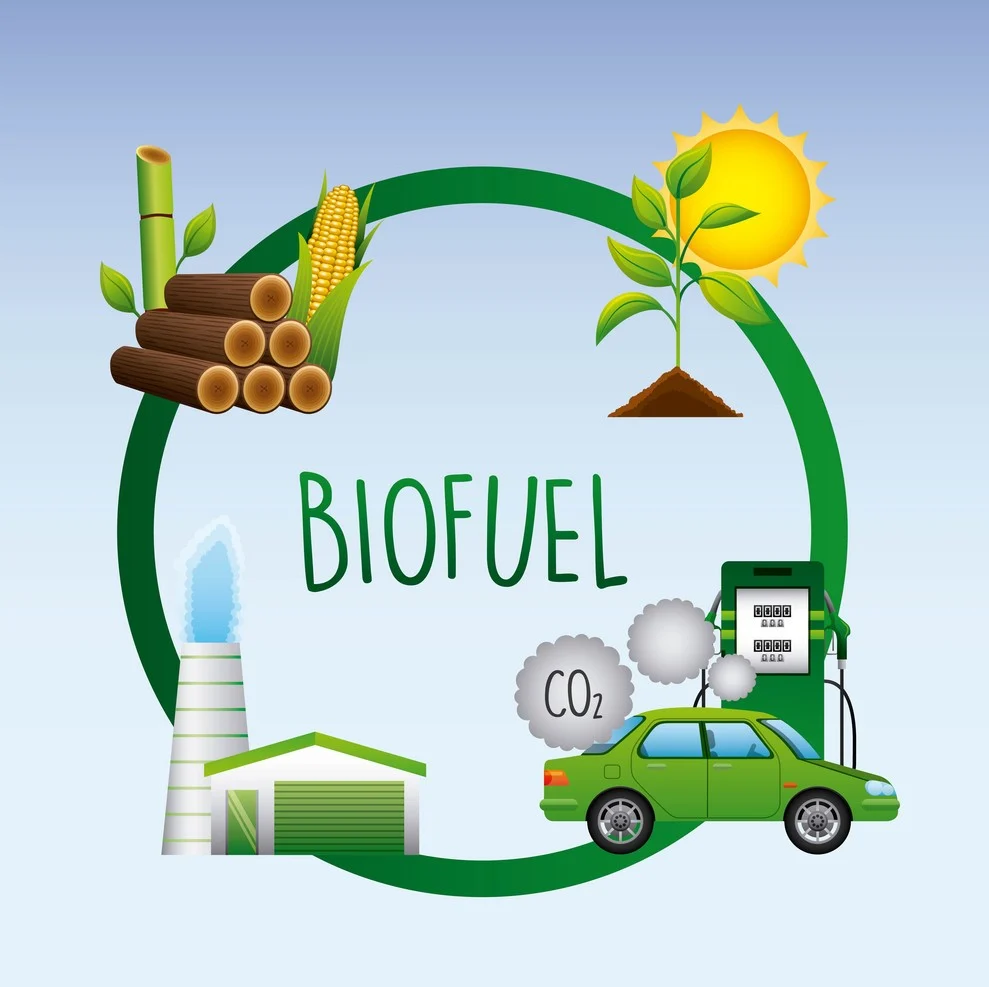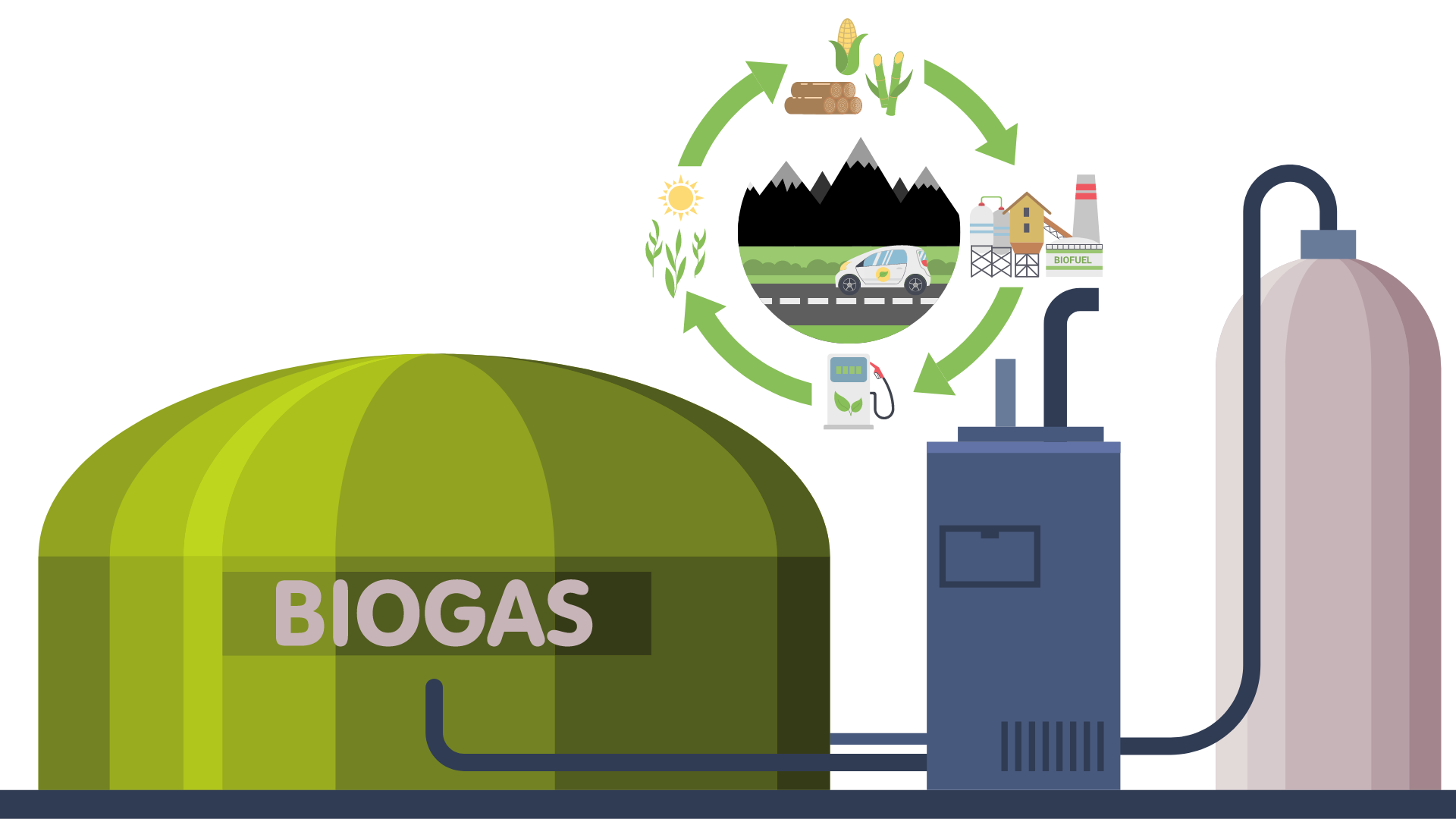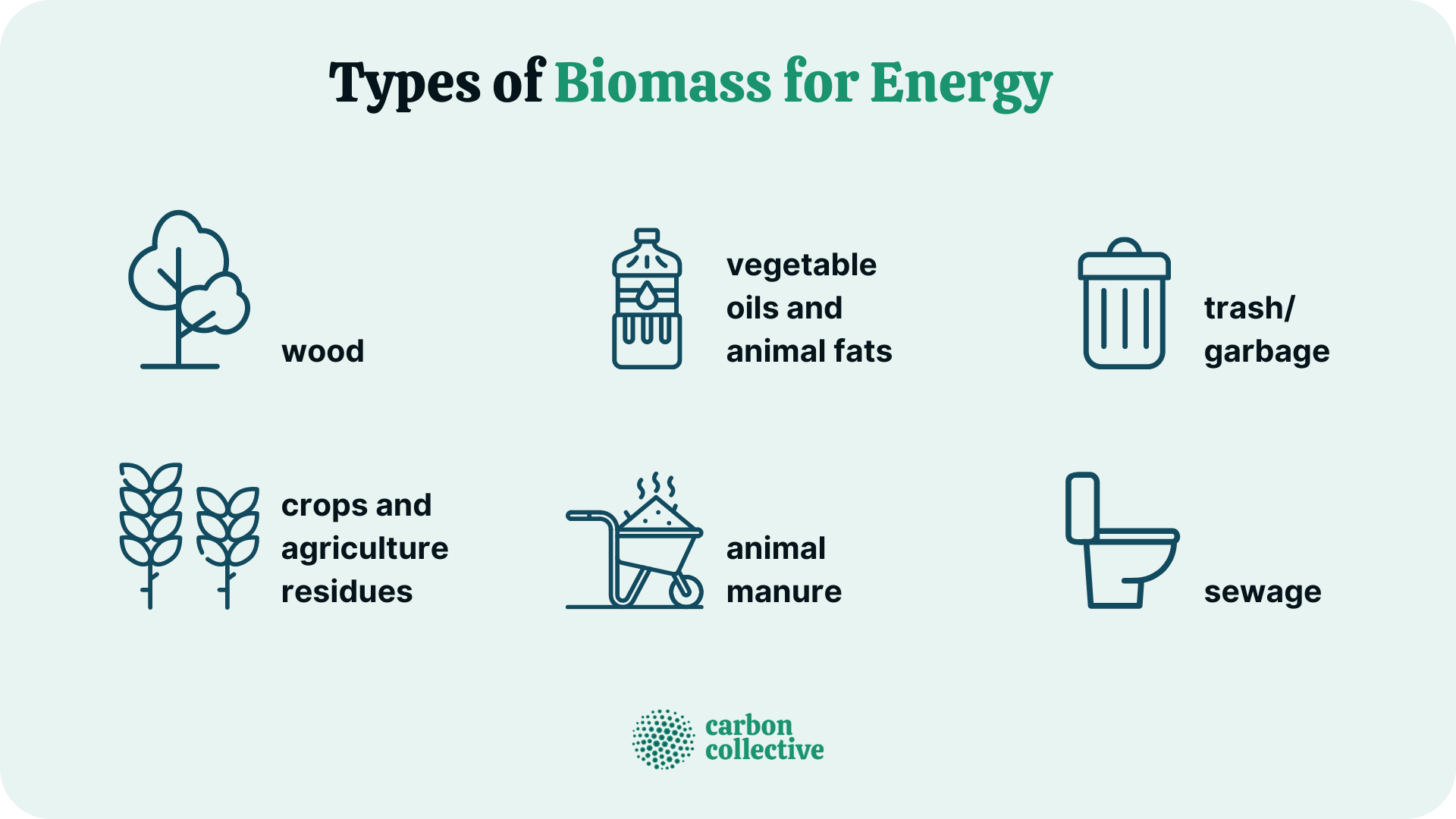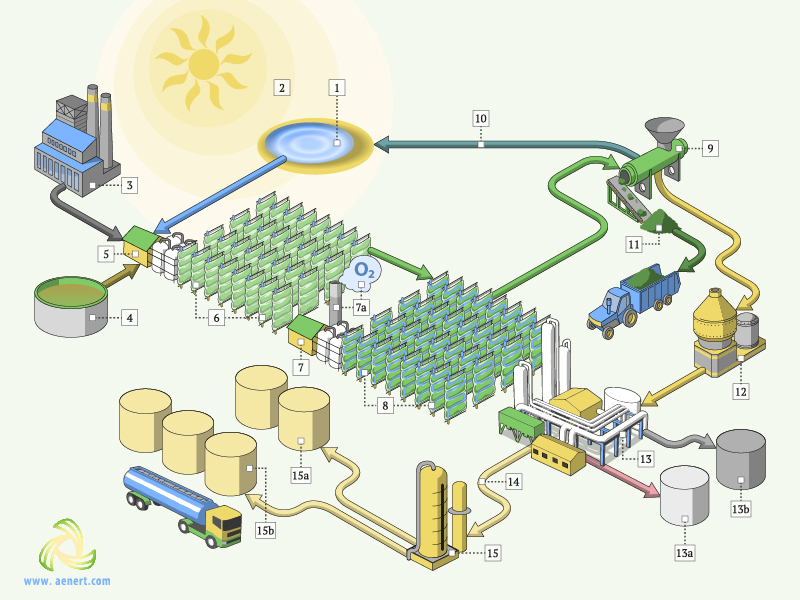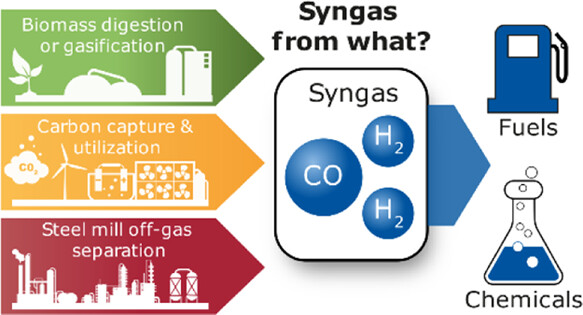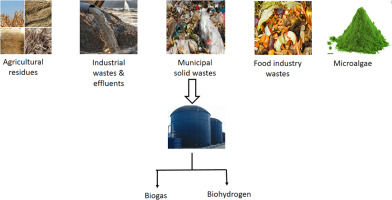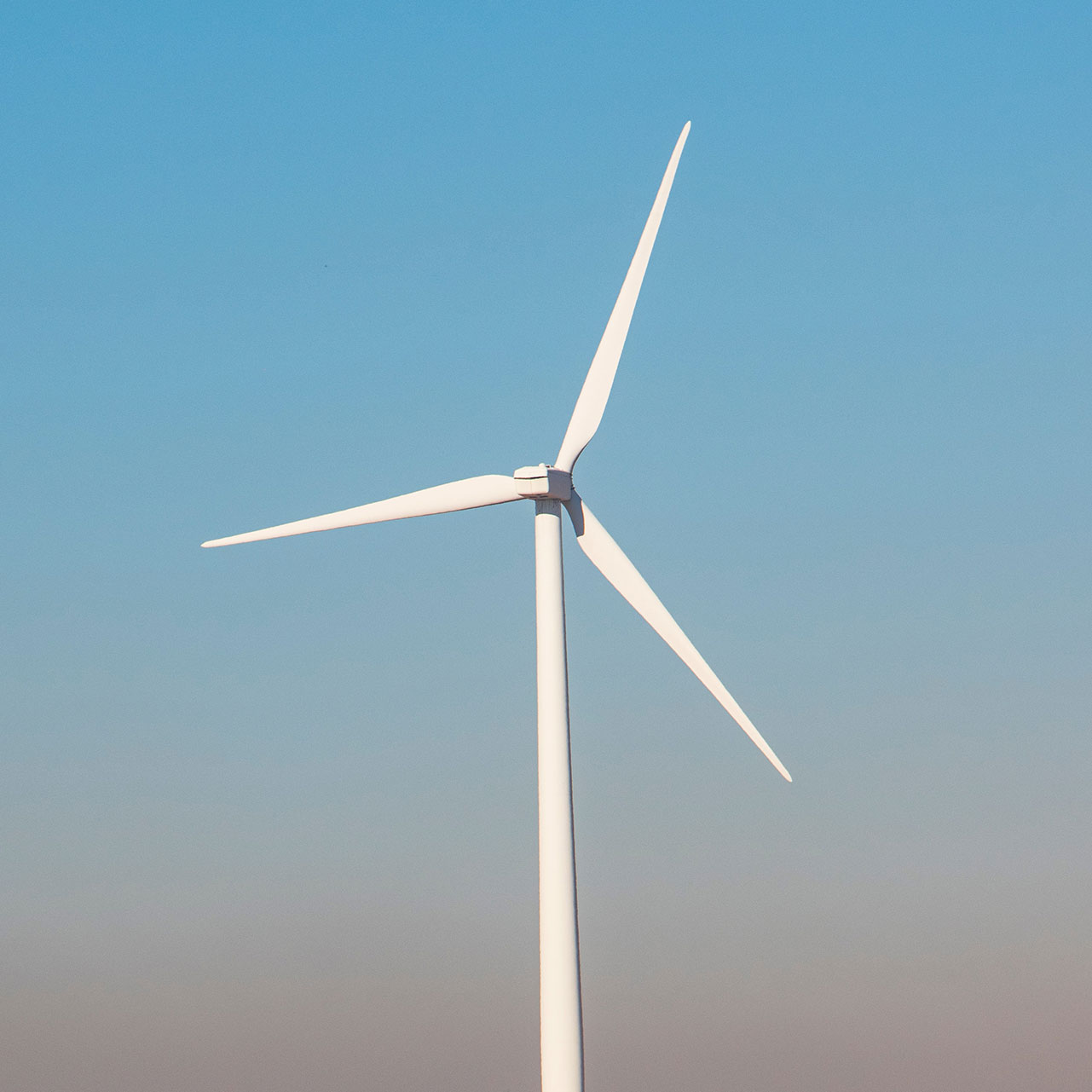Bioenergy solutions harness energy from biological sources
Bioenergy solutions contribute to sustainable energy practices by utilizing renewable resources, reducing greenhouse gas emissions, and promoting circular economies by using organic waste as feedstock. The efficiency and environmental impact of these solutions vary, and ongoing research and development aim to improve their performance and applicability.
Our Services
Our Most Recent Projects
We handle a wide range of services and products in Solar EPC, energy consulting, operation and maintenance, repair and automation.
What you need, when you need it
In the Engineering stage:
we analyze the client’s financial and technical requirements, calculate power plant installation capacity, check legal regulations and permitting for the proposed building site, survey the building site and check weather patterns, plan for materials and optimal equipment,handle engineering design in accordance with power generation requirements
In the Procurement stage:
we source quality parts from internationally established manufacturers
ensure great contractual relations with suppliers for components continuity
In the Construction stage:
we carry out photovoltaic components installation, ensure grid connectivity and optimal functioning, secure long term performance by a choosing an advantageous operations and maintenance plan.
Solar Resources
March 10, 2023
Energy / Research / Technology
January 3, 2023
Energy / Research / Technology
January 3, 2023
Energy / Research / Technology
January 3, 2023
Energy / Research / Technology
Bioenergy Benefits
Bioenergy systems that promote sustainable practices, such as replanting and managing carbon stocks, can achieve carbon neutrality. This aligns with global efforts to reach net-zero emissions and mitigate climate change. Compared to fossil fuels, bioenergy tends to have lower carbon emissions. While burning biofuels releases carbon dioxide, the plants used for bioenergy absorb CO2 during their growth, creating a closed carbon cycle.
